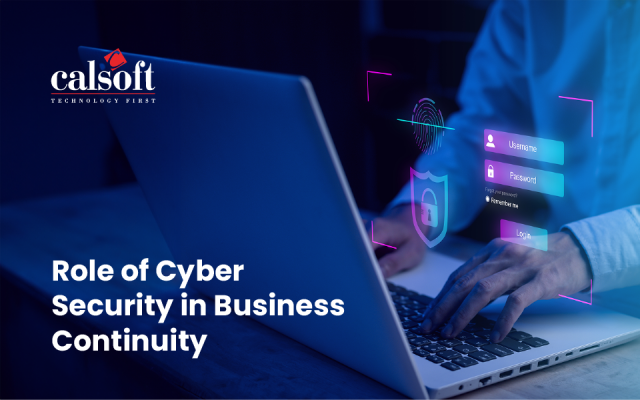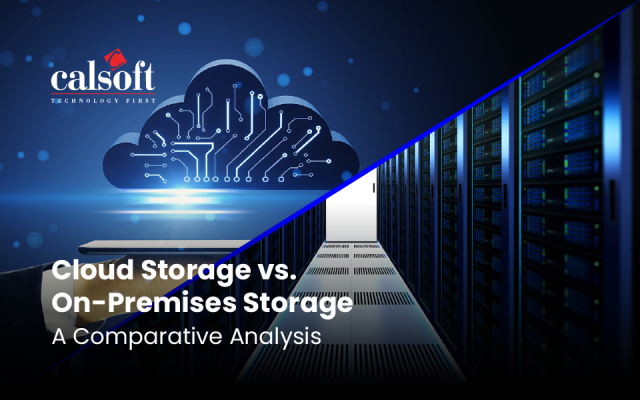For any organization in this era, there is a realization that how data is critical for business needs and operations. An enormous amount of data has been produced already after disruption of cloud computing into various types of organization. Be it education, finance, healthcare or manufacturing, etc.
Now a days, organizations are more concerned about the data which has been developed in the last 15 to 20 years due to the surge of IT infrastructure. This data and applications are probably not being used actively but it is important to organizations as this data containers critical information, having compliance requirements around it. A security of old data (unstructured content, applications, virtual machines, etc) is become crucial for the organization. There has to be a cost effective and reliable archiving solution to store and secure data while gaining rapid access when needed. In the past, IT management used to save the data in tape drives or on premises data center without any filtering.
But the data demands have drastically changed.
Even more data will be produced in the next 5-7 years to come as more digitally connected devices to become a part of business operations. Data will be a fuel for any businesses as they will abstract analytical information to stand ahead in competition or to be aligned with consumer’s demands. This digital transformation is not just to acquire new technology enhancement but to save CAPEX and OPEX every time when data center moves ahead in innovations. As data grows, edge computing architecture will enable data center system to get closer to digital devices for processing of information (machine learning/analysis) and only a small set of information will push to cloud or private data center.
How organization will deal will past data when a real time data will also need to get archived for reference? How will organizations deal with data in hybrid cloud or multicloud model where private and public cloud will be utilized for different data processing purpose? Will there be an automation for constantly syncing data based on archival methods that will get integrated in archival strategy? What about the security from external breaches or physical damages to archival system?
There are various vendors who developed solutions to address the needs by organizations. Organizations have different choices to select a solution which fits their requirements and can be customized as per the budget. In this post, I have taken a look at Data archival solutions from leading vendors like Rubrik, Cohesity and Zerto. Let’s evaluate their solutions.
Download our ebook NVMe: Optimizing Storage for Low Latency and High Throughput
Cohesity – Enterprise-Grade Long-Term Retention and Archival
Cohesity’s solutions allow you to leverage both cloud and tapes to archive the data based on requirement by organization. A solution they call as cloud native solution where, apart from tapes, archival is possible on public clouds, private clouds, Amazon S3 compatible device and QStar managed tape libraries. Solution enables IT management to define workflow policies for automated backup and archival. Solution constituents two Cohesity products Cloud Archive & Data Protect.
CloudArchive allows to leverage public cloud for long term data retention & DataProtect helps to reduce long term retention and archival cost with its pay as you go cost model.
Link: https://www.cohesity.com/solution/long-term-retention-archival/
Rubrik – Data Archival
Rubrik’s solution provides support to organization for data management on hybrid cloud environments. Organizations can choose their storage and architecture containing
- Archive to Google Cloud Storage
- VMware vSphere, Nutanix AHV, and Microsoft Hyper-V
- Microsoft SQL Server
- Oracle, Linux, Windows, UNIX, and NAS
- Remote and Branch Offices
Client can use real time predictive global search to access the archived data. You will see files directly from archive as you type in search box. This drastically reduces access time for your tiles. Also, it is possible to instantiate VMs in cloud itself with Rubrik solution. Also, data deduplication is used while accessing the data which further reduces transfer and storage costs. With this solution, all the data is encrypted before being send from physical devices to target storage infrastructure. A user is presented with a simple HTML5 responsive interface to set up a policy driven automation and target for archival.
Link: https://www.rubrik.com/solutions/data-archival/
Zerto – Zerto Virtual Replication
Zerto offers a different solution for archival of data as compared to Rubrik and Cohesity. Zerto does the archival of data using an ad-hoc feature in its main software Zerto Virtual Replication. With this feature, it is possible to take daily, weekly and monthly backup of data to be archived. It is possible to use target for archival on tapes, network share in a 3rd location, dedicated disk-based backup device or even cheap S3 or Blob Storage in AWS or Azure. A new latest release supports continuous data protection (CDP), replication, automated orchestration and long-term retention with offsite backup. Journal File Level Recovery mechanism is used to restore backup data quickly.
Link: https://www.zerto.com/solutions/use-cases/offsite-backup-data-protection-long-term-retention/
Apart from Rubrik, Cohesity and Zerto, there are more vendors who have offered different types of solutions for different workloads and for diverse requirements. But these three can be useful in most of the new age workloads like data generated by IoT devices, Machine learning analysis data and unstructured big data lakes. As organizations are evaluating new technologies to deal with data, a proper archival or long term retention solution will help them to get most of the past data and allow them to focus on newly generated data. As per this evaluation, it is clear that most vendors are focused towards utilizing public cloud or hybrid cloud environments to archive the long-term data. Use of the hybrid cloud means that private cloud can be used to store data, which is bound by compliance and security norms critical to organizations. But it will be completely up to the organizations to which solution they would like to go with as there are good options available.
Disclaimer: We do not endorse any products in this post. We are highlighting the archival trend towards cloud.
[Tweet “Is the Cloud Next Thing for Long Term Data Retention or Archival? ~ via @CalsoftInc”]






